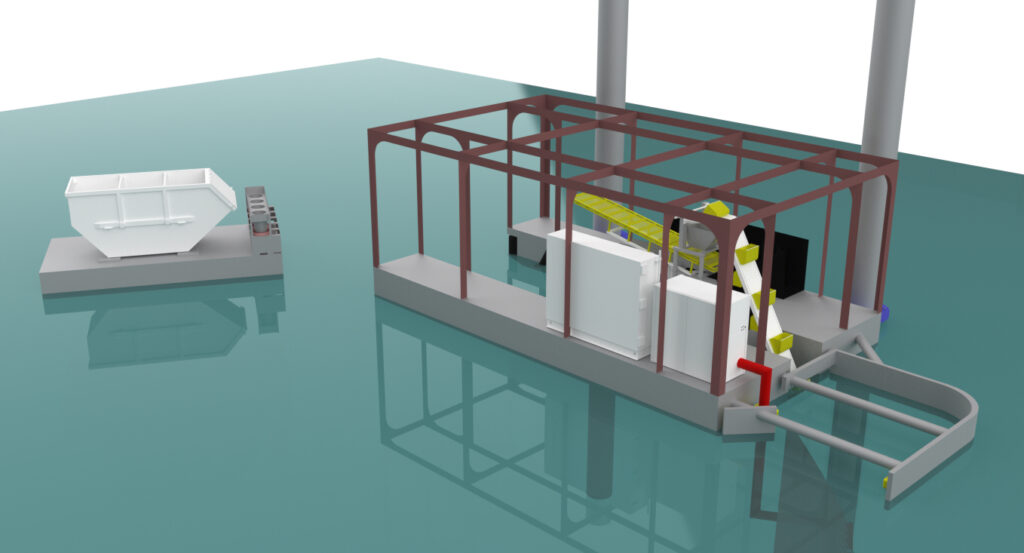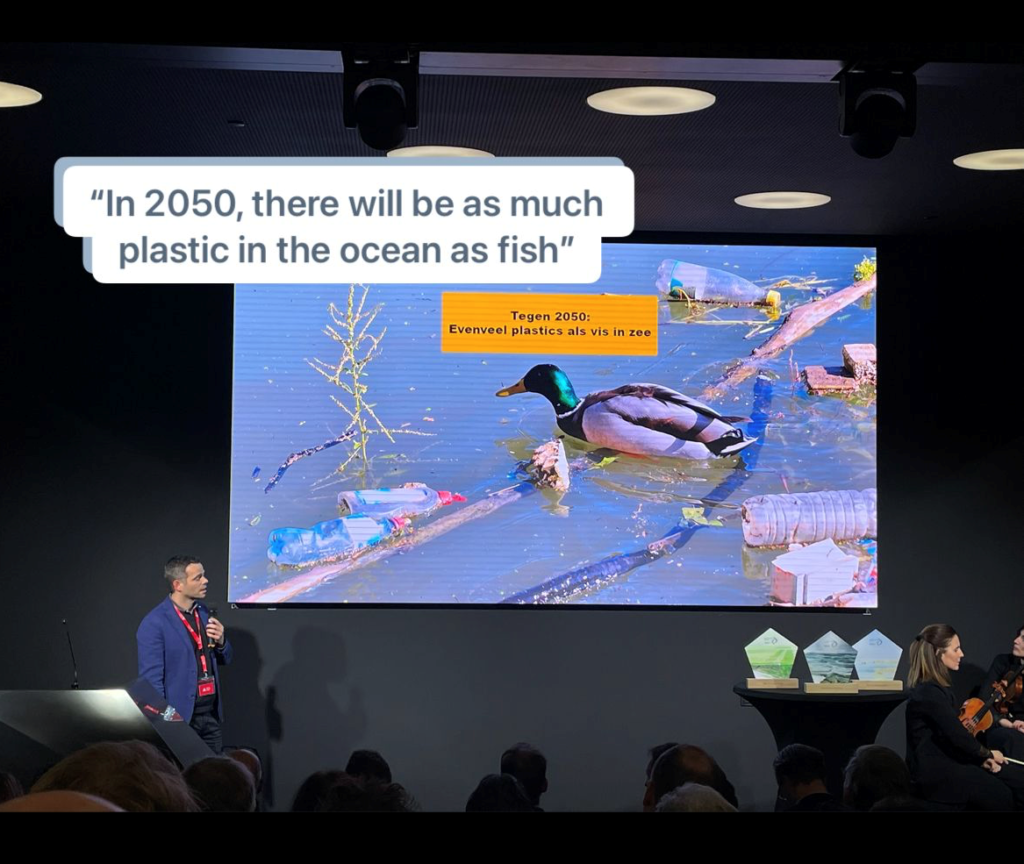DeMARC project successfully completed !



Plastic ‘vangen’ in onze rivieren is allesbehalve makkelijk, zo blijkt ook uit dit artikel in De Standaard – ‘Plasticvanger in De Schelde ving vooral riet’ 💧
Het concept DEMARC Plastic Cleaner, dat wordt ontwikkeld door de Vlaamse bedrijven IMDC en MULTI.engineering, gebruikt een luchtbellenscherm om ook het zwevende plastic in het water naar de oppervlakte te brengen en naar het verzamelpunt te geleiden. Hierdoor kan, afhankelijk van het luchtvolume en het soortelijk gewicht van het plastic, tot 95% van het zwevende plastic uit het water worden gehaald.
👉 Lees meer over DEMARC Plastic Cleaner https://demarc-plastic-cleaner.com
Momenteel worden voorbereidingen getroffen om de doeltreffendheid van een bellenscherm in de praktijk te testen in Nieuwpoort in kader van het Europese Treasure-project.
👉 Lees meer over het Treasure-project: https://www.interregnorthsea.eu/treasure
Aan het Treasure project werken onder andere de partners Provincie West-Vlaanderen, Carl von Ossietzky University of Oldenburg, Université du Littoral Côte d’Opale, IMDC, MULTI.engineering en co-maker HERBOSCH-KIERE mee.


The DeMARC project was nominated for the Blue Innovation Award, an initiative from the Blauwe Cluster.
https://www.blauwecluster.be/nieuws/kandidaten-voor-de-blue-innovation-awards-2022
Boudewijn Decrop participated in the ceremony and had the chance to introduce the project.



A paper on the large-scale plastic transport model has been presented at the IAHR 2022 conference in Granada!

For more information you can check the full paper here: https://www.iahr.org/library/infor?pid=21438

Development of the MARC presented at The Blue Cluster event on Blue energy and Marine plastics!
https://www.blauwecluster.be/sites/default/files/3_blauwe_cluster_demarc_r2.pdf

The Computational Fluid Dynamics model is producing valuable insights for optimisation of the bubble screen, to guide as much plastic to the MARC as possible!

The large-scale marine plastics transport model has been developed. Further calibration is underway based on plastics observation in the field, check this video of marine plastics released from the Musi River in Indonesia:

Fraunhofer has completed the first set of tests to study biofouling on plastics floating in rivers! The results will be an important input for the plastic transport simulation model, o.a. change in mass density due to biofouling.